From the Colosseum, the Pantheon, and the Vatican to exploring the lovely lanes of Trastevere and taking in the views from the Piazza del Popolo. Rome also provides a fantastic food experience, ranging from traditional Roman cuisine to the most recent gastronomic trends. Even 3 or 4 days may be enough since the city can be easily visited on foot. Here are Rome’s top 10 attractions.
Colosseum
Located in the Historic Center, it’s the most emblematic monument to visit in Rome. This amphitheater which is also called Amphitheatrum Flavium took its name from the statue of Emperor Nero (Colossus of Nero) that stood next to the amphitheater in those days.
It could accommodate 65,000 spectators and could be accessed via 80 entrance arches. It is considered one of the seven wonders of the world. The Colosseum was opened by emperor Titus with the purpose of entertaining people. The public spectacles included animal hunts, executions but also famous gladiator battles. These dangerous games were forbidden in 404 CE.
Roman Forum and Palatine Hill
Roman Forum is one of the most beautiful and interesting places in Rome, the heart of the city. If you have enough imagination you can place yourself in the steps of Julius Caesar. If you are interested in the history of the Roman Empire you are in the right place. Everything religious, political, and social considering the life of the citizens was developed there. Starting as a marketplace, it became much more.
You can’t understand Ancient Rome without understanding the Palatine and its remarkable history. This magnificent hill is the most famous among Rome’s seven hills. Back in ancient times, it was a neighborhood where emperors and aristocrats had their homes. It is also the center of Rome’s most famous myth: Romulus and Remus.
Fontana di Trevi
Tradition has it that visitors turn their backs and throw over their shoulders, keeping their eyes closed, a coin so that they can return to Rome. This masterpiece is a pole of attraction for millions of people who visit it every year to enjoy up close the majestic architecture of this fountain. It took thirty whole years for the construction and the collaboration of several artists, who carved the marble sculptures that someone can admire in the fountain. It is a hidden gem in a traditional district behind the streets of Via del Corso and Via del Tritone. We do not think you can ever achieve seeing the Trevi Fountain without people. Maybe at some point early in the morning but we can not speak from experience.
Vatican Museum and Sistine Chapel
There is so much to see in the Vatican Museums that they cannot be listed here. The famous Sistine Chapel is part of the Vatican Museum that every visitor must see. In fact, it may be usually the only reason people come to the Vatican Museums. It is at the very end of the museum, so there is no way you can not see it. Of course, there are also many other important rooms to see like Raphael’s Rooms, Maps Room, the Tapestries Hall, Rotunda Room, and many others. In many rooms (the Sistine Chapel is one of them) taking pictures is not allowed. During your exit from the museum, take a look at the extraordinary spiral staircase which is a double helix. It allows people to go up and down without crossing each other and it is beautiful from every angle.
Piazza di Spagna
One of the most famous squares in Rome and a meeting point for many people. It is a much-photographed landscape since it includes the majestic Spanish steps, the famous fountain ”Fontana della Barcaccia”, and the church ”Trinita dei Monti”. The fountain was built as a monument to the flood of the Tiber in 1598. At that time, Rome was flooded entirely. According to stories, there was a boat left in the square when the flood water subsided. The church and the surrounding area are French State property. Sitting in Spanish Steps is no longer allowed because the city wanted to protect its cultural relics. The view of the city from the church is panoramic and very beautiful. In the spring months, Spanish steps are decorated with pots of blooming azaleas and other flowers.
Piazza Venezia
Piazza Venezia is located at the foot of Capitoline Hill at the end of Via del Corso. The huge impressive white marble monument of Vittorio Emanuelle II is a landmark. If you look down at the monument towards Piazza Venezia, you will see on your left the Palazzo Venezia, to which the square owes its name. On the right side of the Palazzo Venezia, you will find Palazzo Bonaparte which took its name from Letizia Bonaparte, mother of Napoleon the Great (Napoleon I of France). Piazza Venezia is always chaotic and there is a lot of noise, but it is worth a visit.
Piazza Navona
It is one of the oldest districts and a very picturesque area on the west bank of the Tiber. It is considered one of the authentic neighborhoods in Rome. A great place to wander and admire the cobbled streets and the houses with ornate doors, to taste delicious Roman-style thin-crust pizza, to relax, or if you want to feel the pulse of the place there is a variety of bars, cafes, and pubs. The main entertainment area is the piazza di Santa Maria, a square where a lot of people gather.
There you will find the Basilica of our Lady. The great fountain in front of the temple is often a meeting place for the locals and a place for rest for tourists.
Trastevere
It is one of the oldest districts and a very picturesque area on the west bank of the Tiber. It is considered one of the authentic neighborhoods in Rome. A great place to wander and admire the cobbled streets and the houses with ornate doors, to taste delicious Roman-style thin-crust pizza, to relax, or if you want to feel the pulse of the place there is a variety of bars, cafes, and pubs. The main entertainment area is the piazza di Santa Maria, a square where a lot of people gather.
There you will find the Basilica of our Lady. The great fountain in front of the temple is often a meeting place for the locals and a place for rest for tourists.
Pantheon
The pantheon is the only ancient Roman building that exists entirely in its original form. It represents with no doubt the glory of Rome. It is remarkable for its size, its construction (the biggest brick dome in the history of architecture), and its design and was dedicated in AD 609 as the Church of Santa Maria Rotonda, or Santa Maria ad Martyres, which it remains today. The name is of Greek origin and comes from the words pan, “everything” and theon, “divine”. It is a building of exceptional importance since it represents a real cultural revolution. It was the first temple built for the common people. It may today seem obvious, but in ancient times temples were forbidden places, only for vestals and priests.
Castel Sant'Angelo
Also called Hadrianeum or Sepulcrum AntoninorumIt, this castle is surely a recognizable landmark and was built as a mausoleum for the emperor Hadrian. It stands on the right bank of the Tiber It now houses the “Museo Nazionale di Castel Sant’Angelo”, where you can find a collection of sculptures, paintings, military things of historic interest, and medieval firearms.


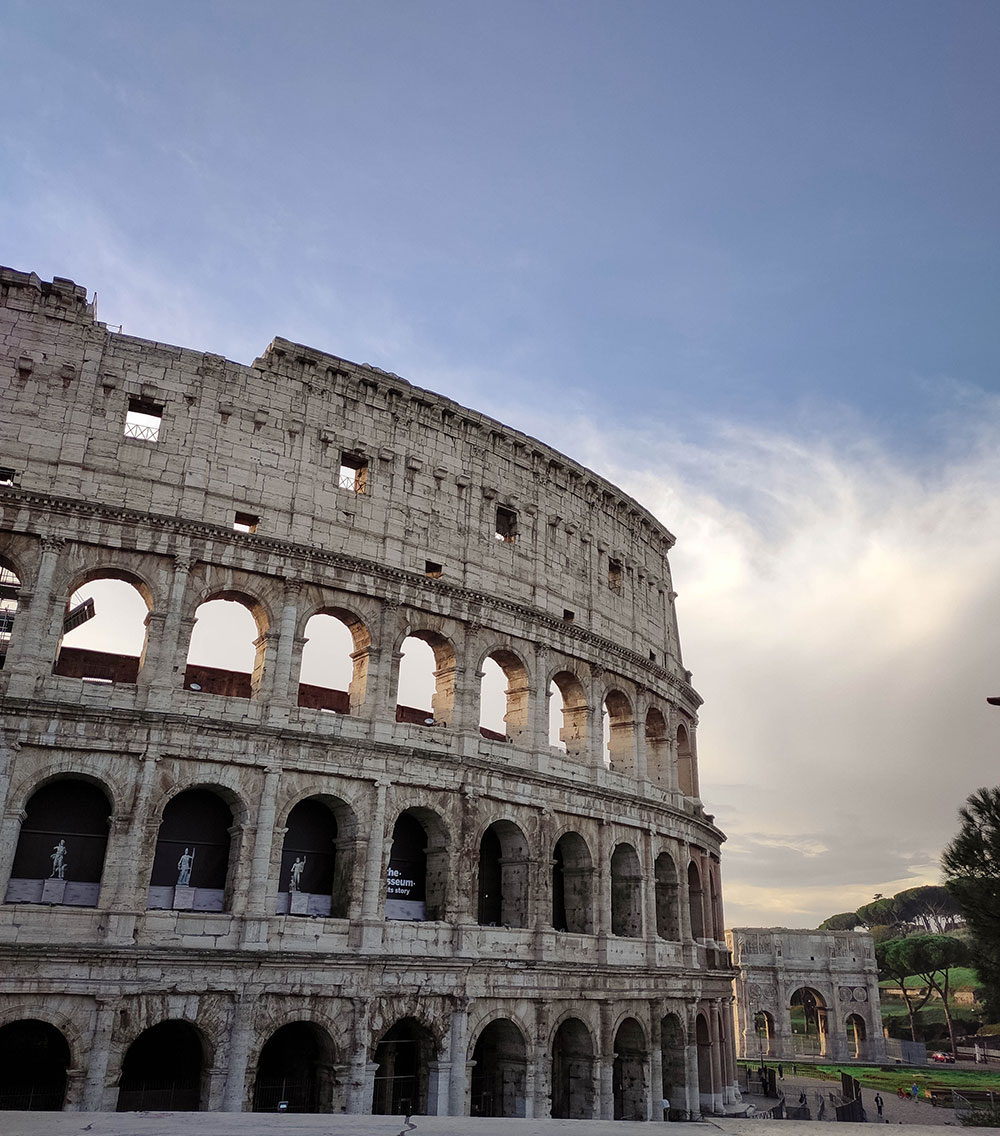

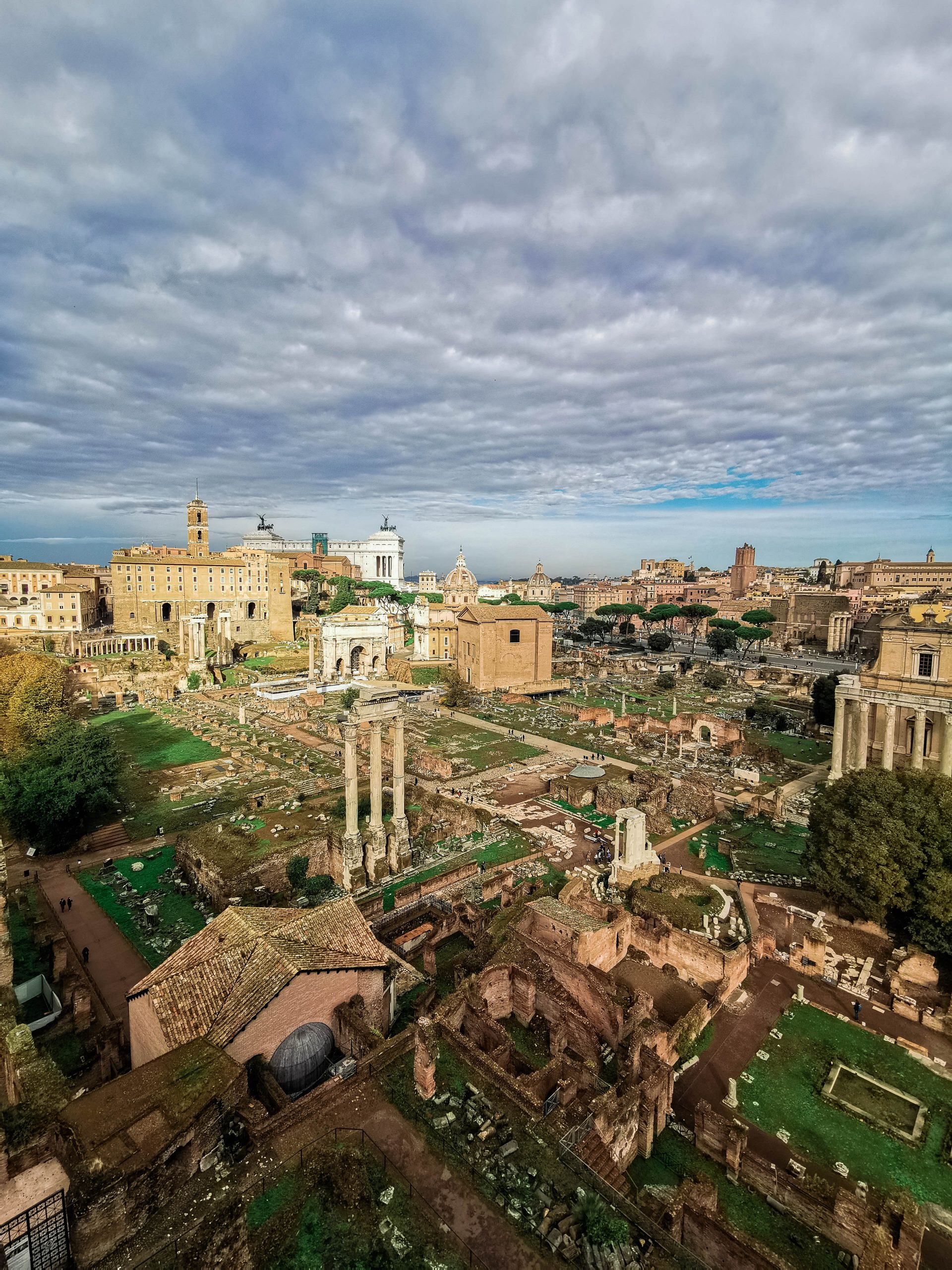


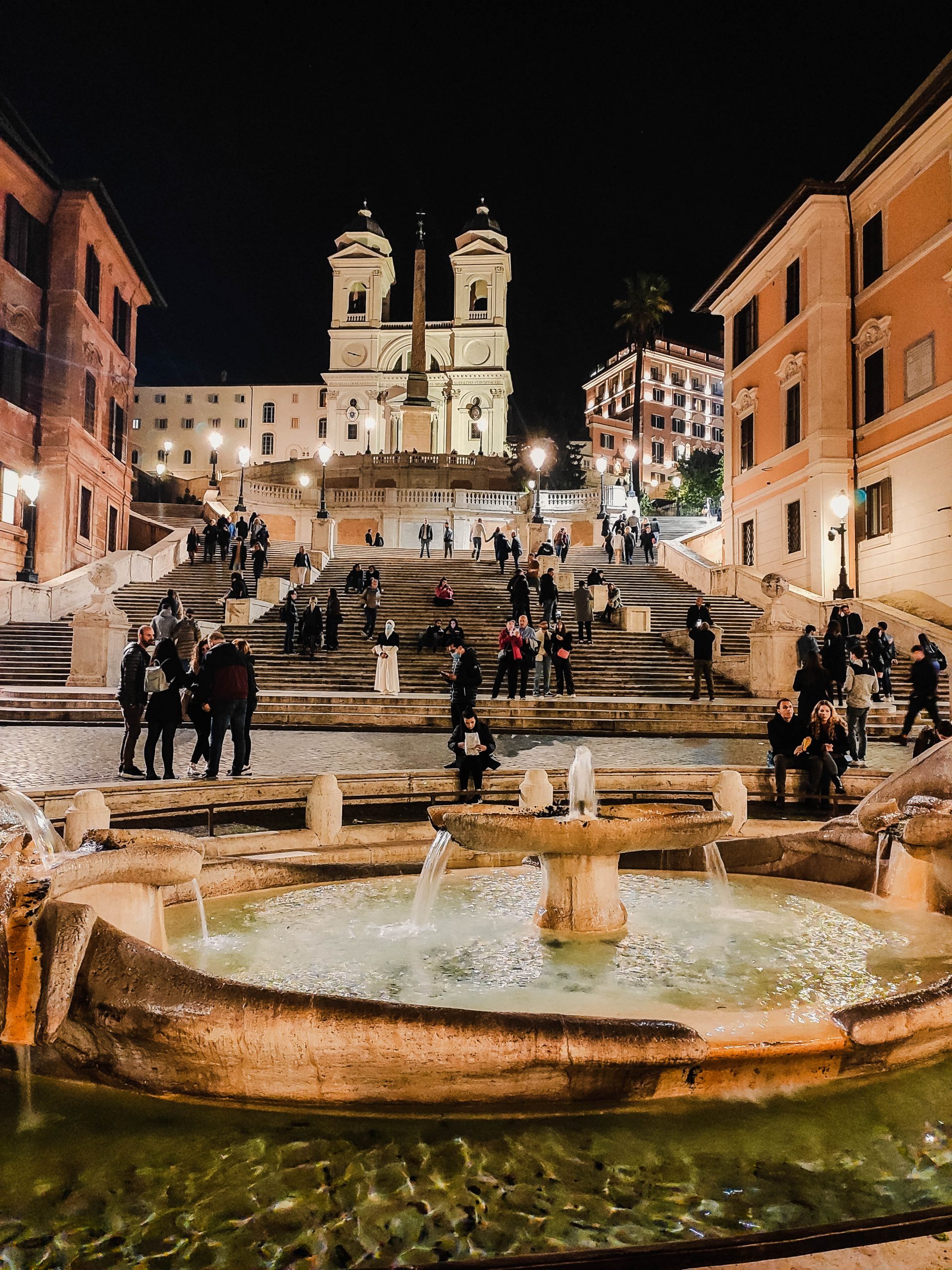
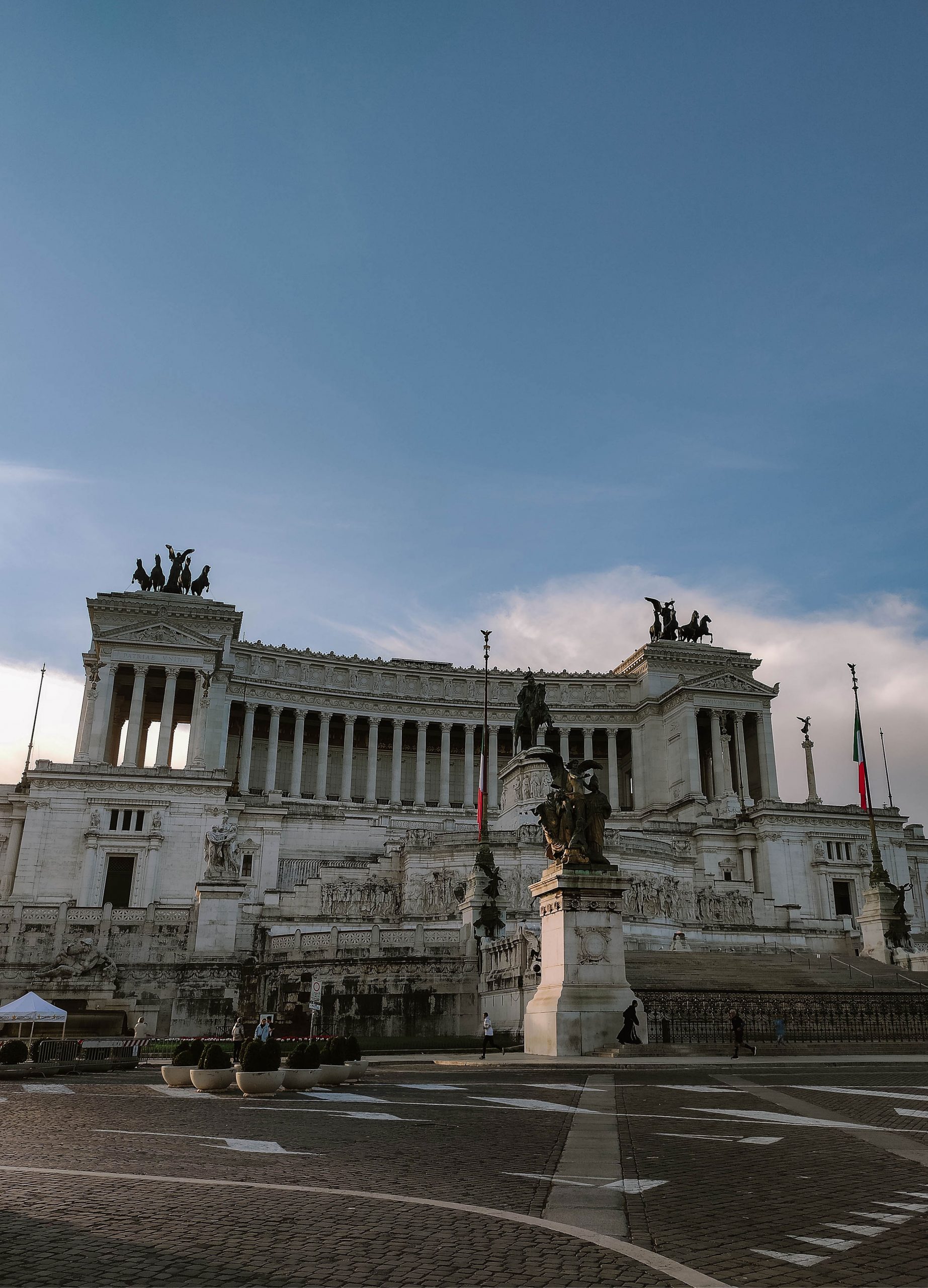
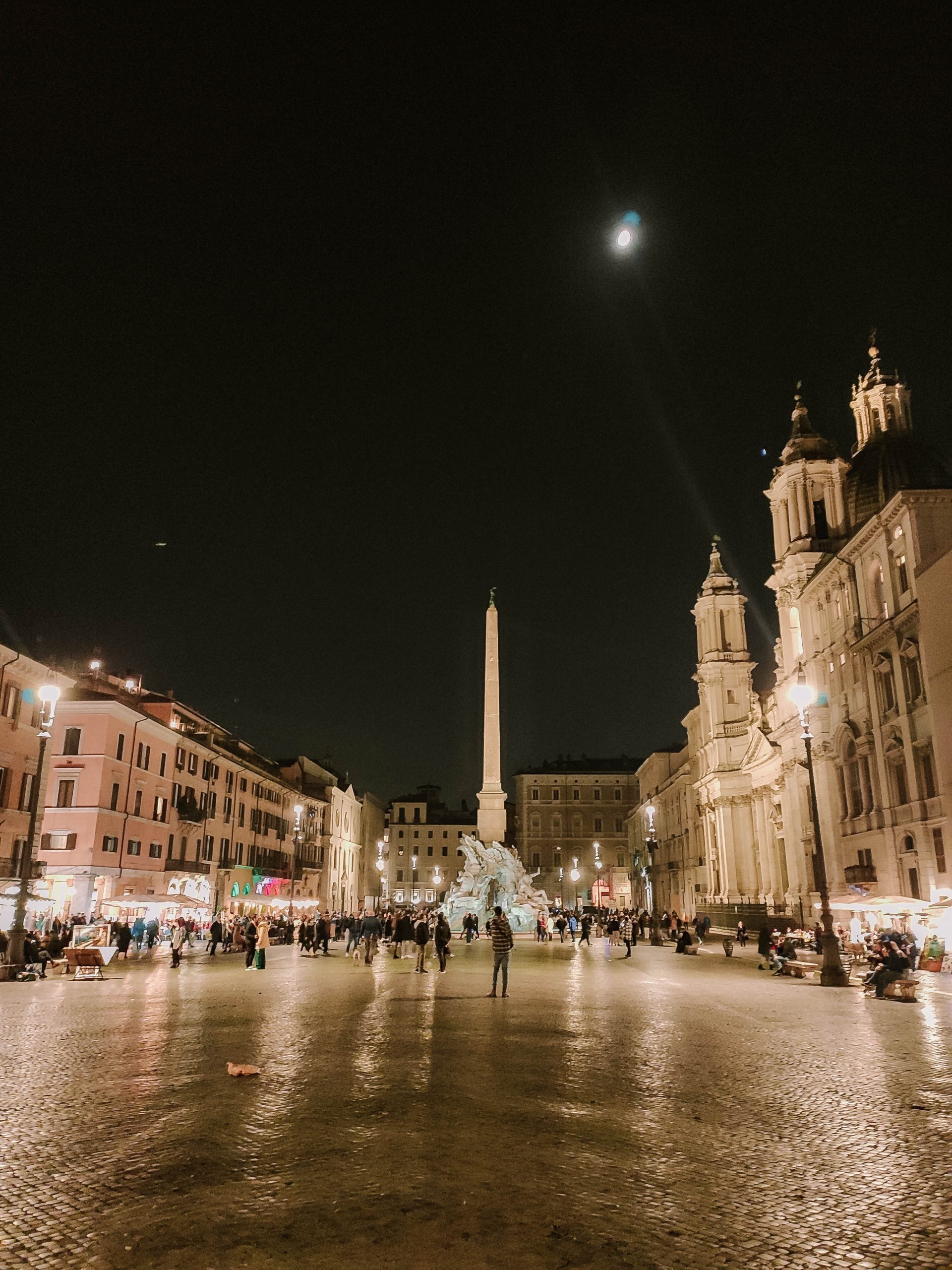

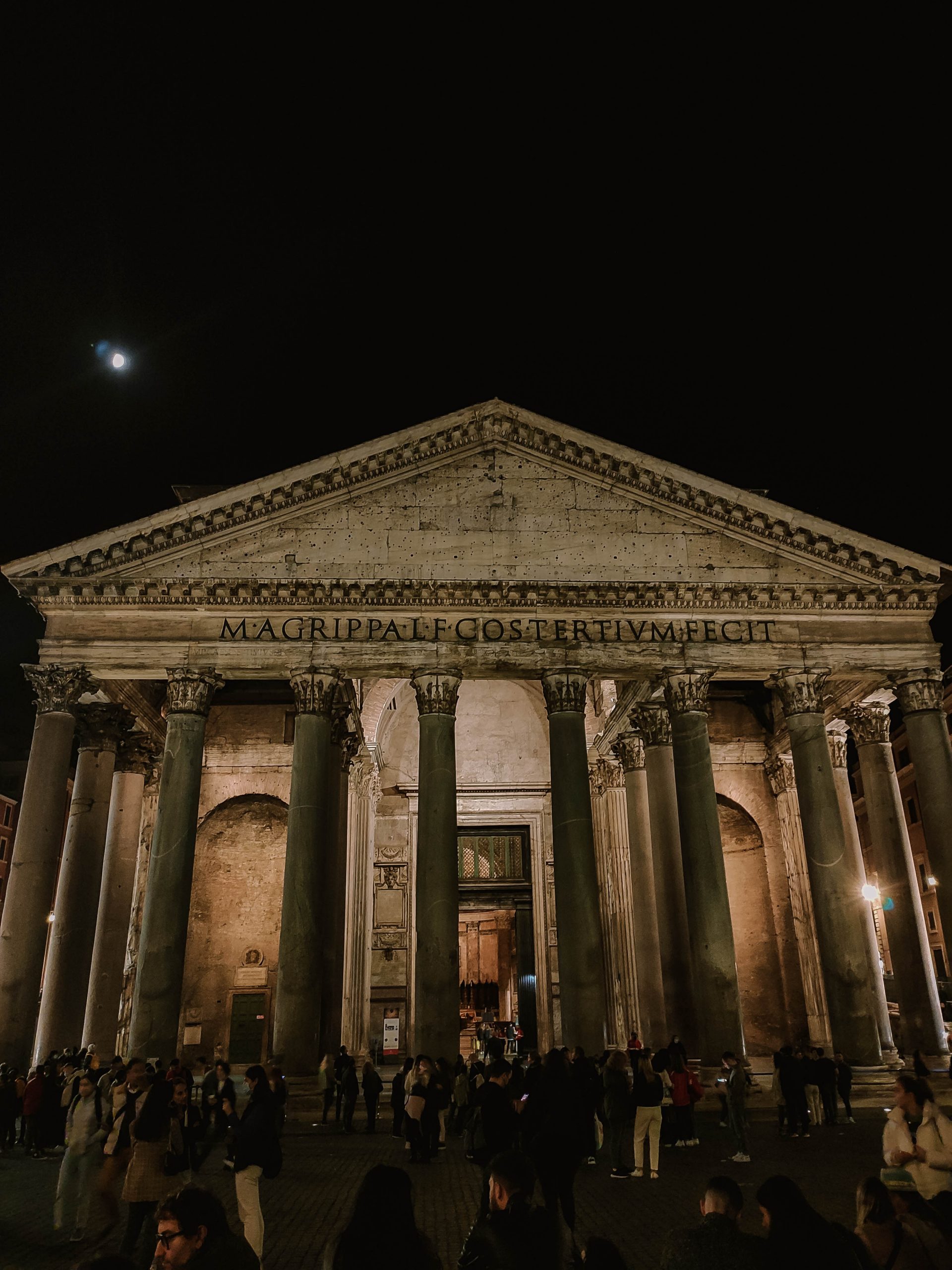

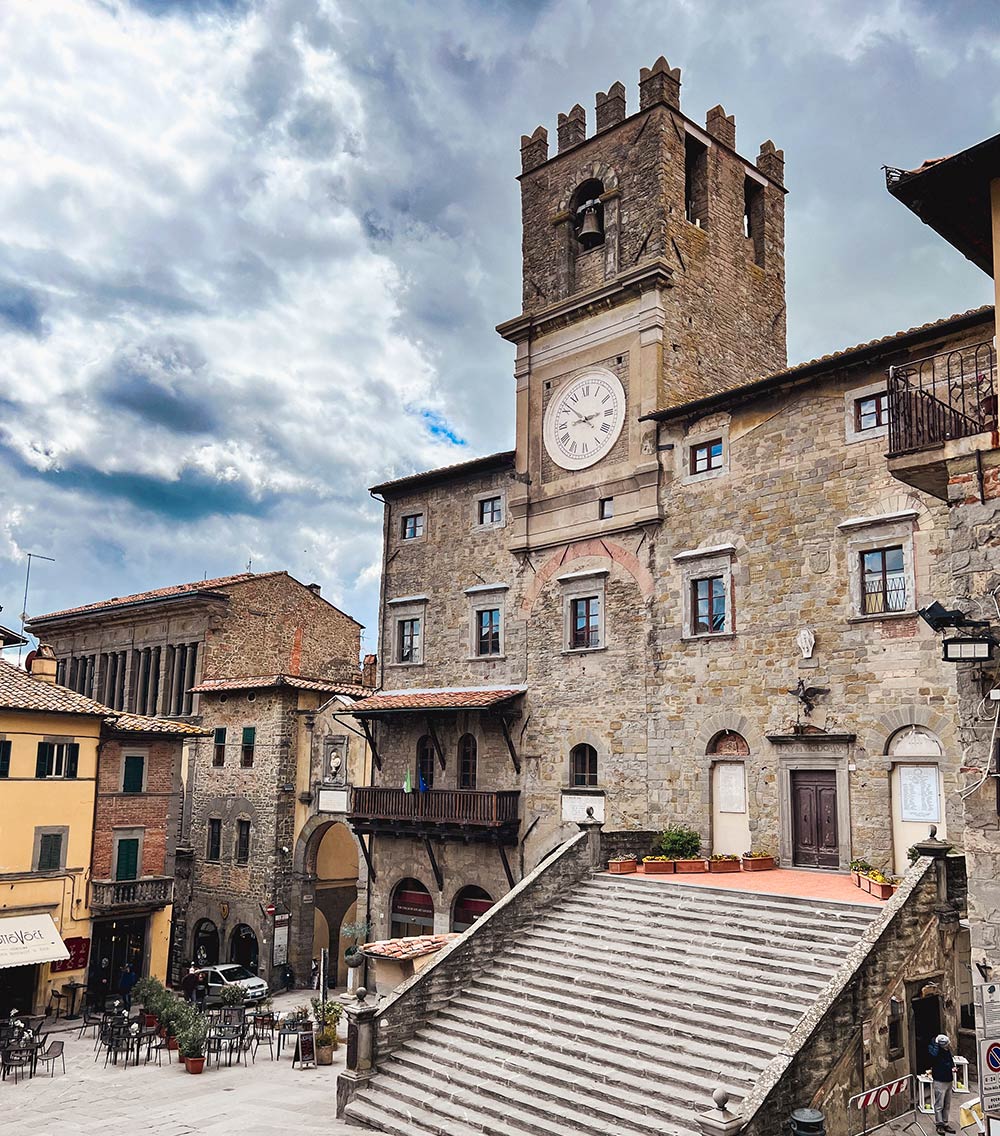

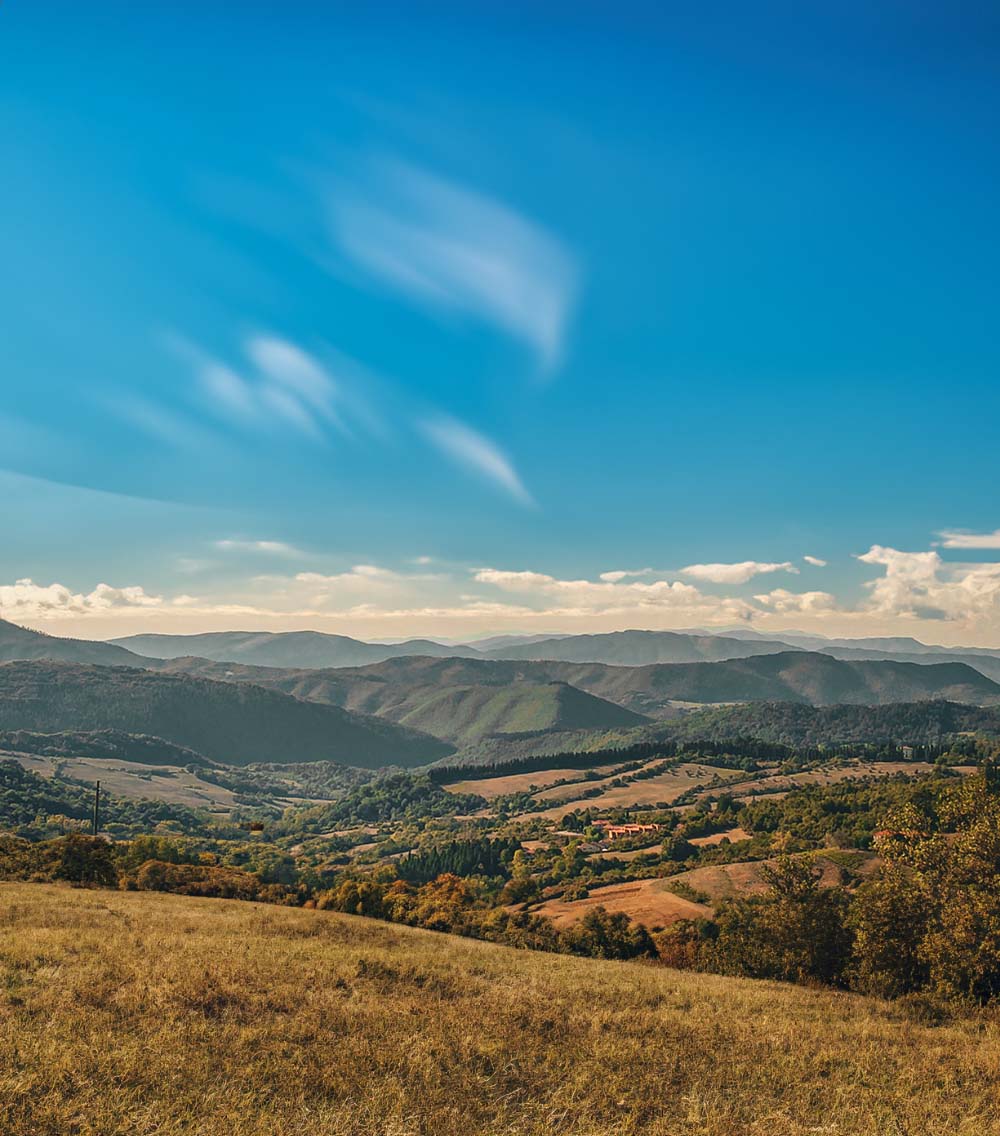
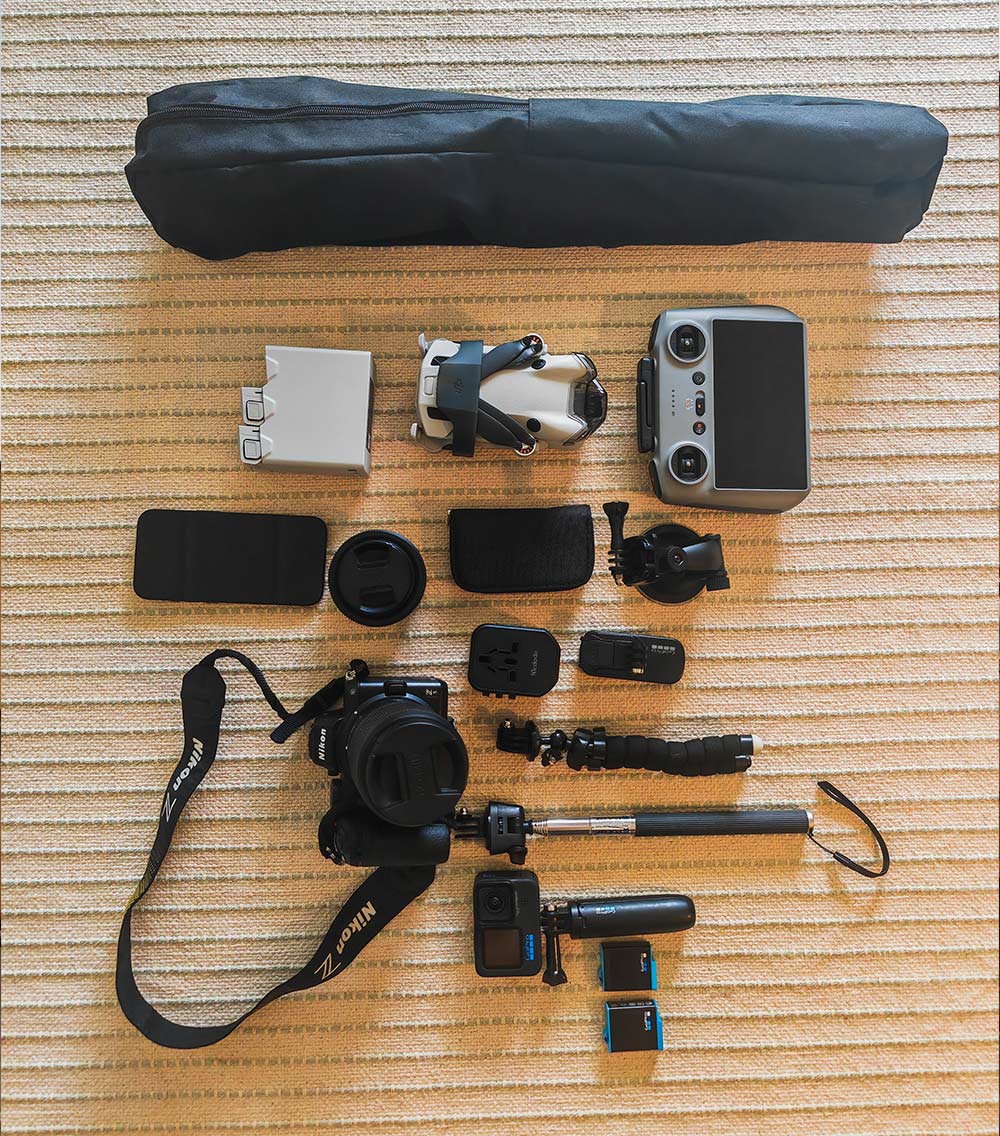
No Comments